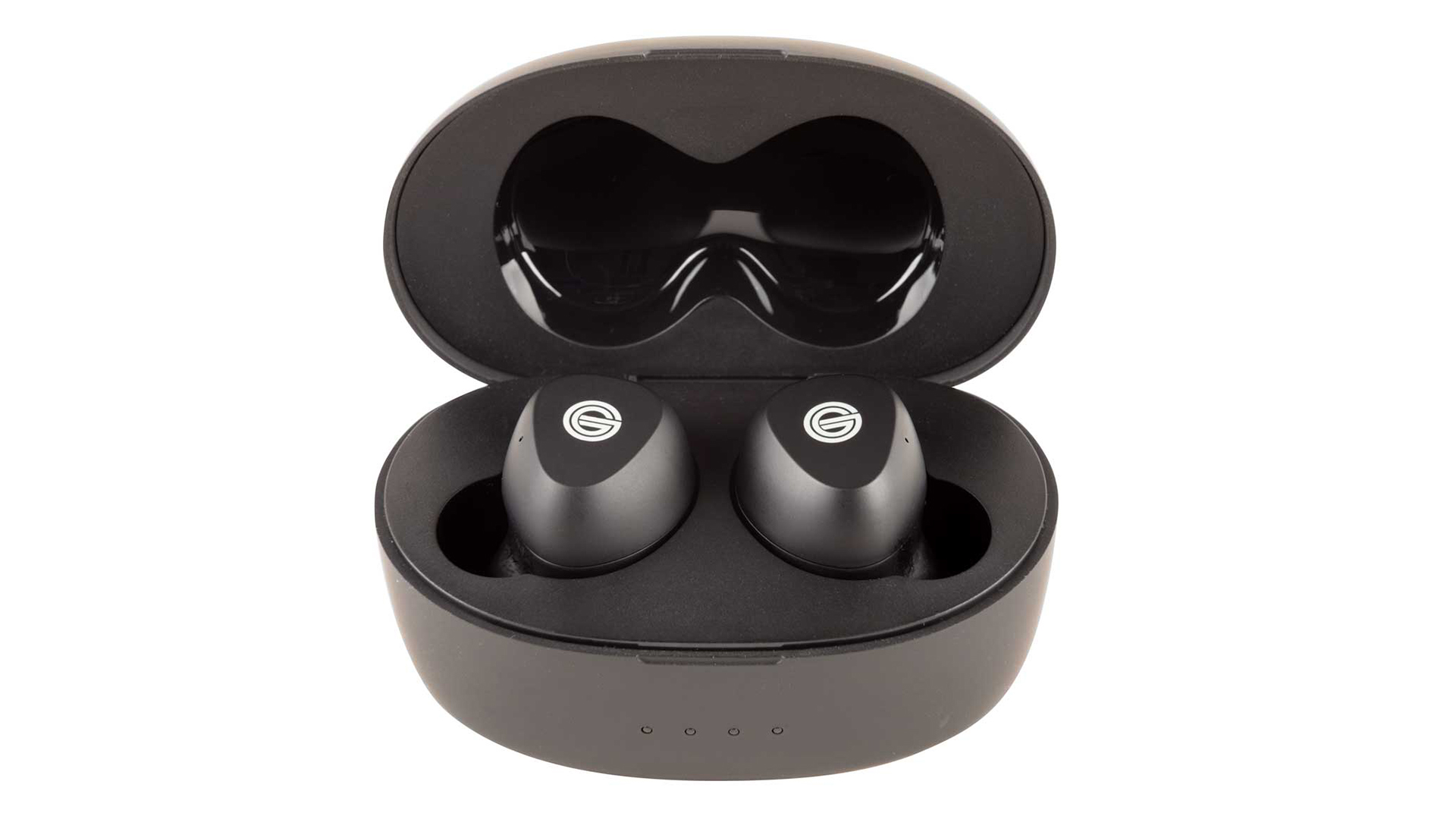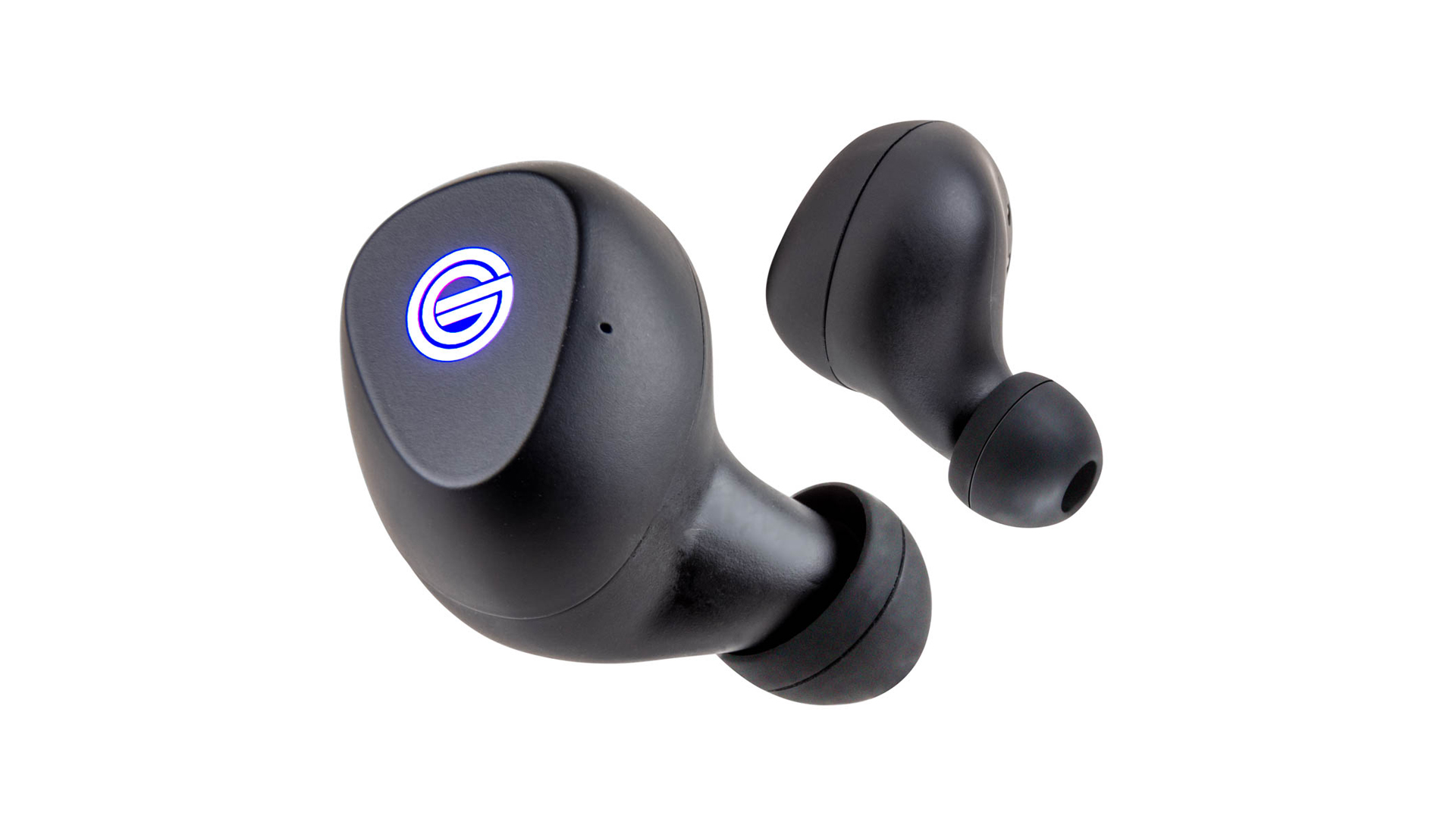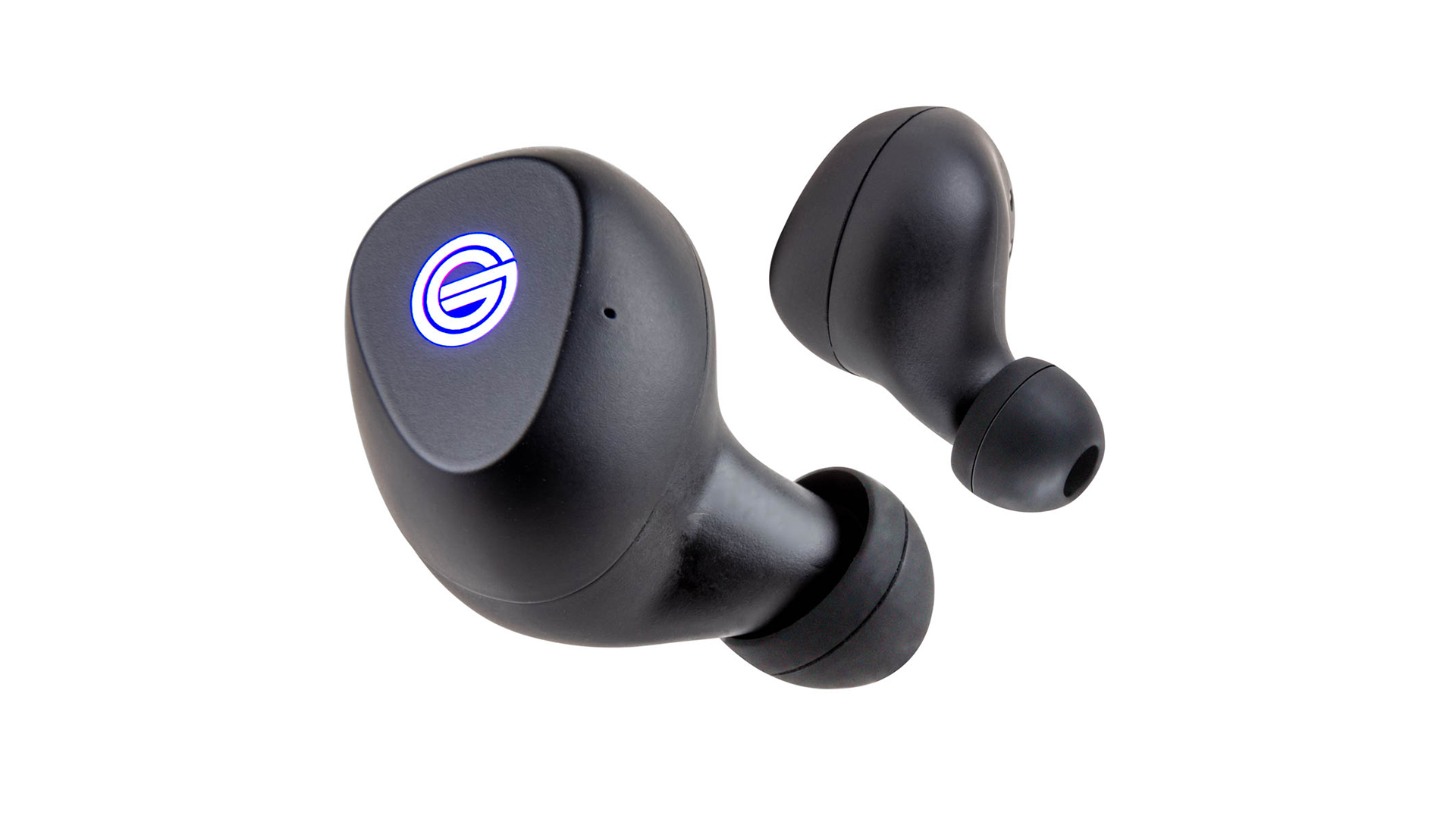What Hi-Fi? Verdict
The GT220 have some areas of true sonic expertise, but they aren't quite the no-brainer Grado might have wished for
Pros
- +
Positive, unequivocal sound
- +
Good battery life
- +
Responsive touch controls
Cons
- -
Lack a little sonic refinement
- -
Don’t look or feel special
- -
No active noise-cancelling
Why you can trust What Hi-Fi?
We’re a little surprised Grado hasn’t found a way to make its first pair of true wireless earbuds open-backed. After all, this is a company so convinced of the benefit of the open-backed arrangement that it configured its first pair of wireless on-ear headphones in this manner. But even a brand as single-minded as Grado has had to sacrifice a principle or two in order to join the ongoing true wireless earbuds land-grab.
With the GT220, then, Grado has delivered a visually unremarkable and predictably configured pair of earbuds that go without some of the niceties (such as active noise-cancellation or a control app) and has slapped a premium price tag on them. So can such a small, unassuming product really be worth such big money?
Comfort

We’re not off to the most auspicious start. The GT220 are small and light – just 5g per earbud – but their polycarbonate housing is unyielding to the touch and doesn’t make the Grados feel like the premium product they’re priced as.
Despite following the established (and effective) ‘twist and lock’ fit template, the GT220 prove less than straightforward to get into position. There’s a choice of just three sizes of eartips in the packaging, which really isn’t enough. And even if one of these fit properly, getting the in-ears sitting comfortably and securely proves trickier than it should be.
Perseverance brings its rewards, though: once the GT220 are positioned to your satisfaction they turn out to be nice and stable. The mechanics of the fit provide a little passive noise-cancelling, too, which is doubly welcome given their lack of active noise-cancellation.
Build

Grado knows what it’s doing when it comes to build quality. That polycarbonate material may not feel in any way luxurious, but it is at least hardwearing and resilient, and everything here is constructed with complete precision.
Each earbud has a capacitive touch-surface on its outer plane (beneath the big, stylised ‘G’ logo that lights up depending on what the GT220 are doing). It’s responsive and reliable, difficult to confuse, and covers every major function: play/pause, volume up/down, skip forward/backwards, answer/end/reject call, and for summoning a phone's voice assistant. The Grados are compatible with both Siri on iPhones and Google Assistant on Android phones, and though there is only one mic in each earbud, there's nothing wrong with either call quality or voice assistant comprehension.
The latest hi-fi, home cinema and tech news, reviews, buying advice and deals, direct to your inbox.

Bluetooth version 5.0
Battery life 6 hours + 30 hours from the charging case
Charging time 2 hours
Frequency response 20Hz-20kHz
Impedance 32 ohms
Weight 5g (each)
On the inside, the GT220 are fitted with a single 8mm polyethylene terephthalate full-range driver in each earbud. Bluetooth connectivity is via aptX, which is fine for getting high-resolution audio files on board without fuss, but we do wonder why the Grados' premium price tag doesn’t stretch to aptX Adaptive compatibility – is no Grado owner likely to watch video content while wearing their GT220?
At least aptX Bluetooth assists in delivering quite impressive battery life numbers here. Despite their compact dimensions, the earbuds can hold up to six hours of power – and the equally compact charging case (which weighs in at just 42g) holds another five full charges.
So, as long as you don’t thrash the volume control, a reasonable all-in figure of 36 hours between case charges is achievable. The case can be charged using either a USB-C cable or any Qi-certified wireless charging pad, and from ‘flat’ to ‘full’ it takes a couple of hours.
Sound

Get the GT220 satisfactorily positioned in your ears and it doesn’t take long for them to reveal what they’re all about. Like many a pair of Grado headphones, the GT220 are absolutely unequivocal.
Once through a song as familiar as Fleetwood Mac’s You Make Loving Fun (as an MQA-powered Tidal Masters stream) is enough for the GT220 to give a reasonably full account of themselves. The overall sound is clear, detailed and completely direct. There’s an immediacy to the way they serve up the tune that sets them apart from the majority of their competitors.
The bottom of the frequency range may not have quite the impact the best of their rivals can offer, but it’s filled with information concerning texture and timbre. There’s a positivity to the way the GT220 handle the attack and decay of bass sounds that contributes no end to their overall speed.
Higher up, the midrange is treated with similar attention. Detail levels remain high – even minor transient details are picked up on and described. Clarity is impressive too, and as the GT220 establish a reasonably broad and deep presentation, a vocalist has the whole of the midrange in which to stretch out and do their thing. A listen to one as characterful as James Carr’s during Pouring Water On A Drowning Man confirms the Grados are as adept at extracting the nuance from a singer as any nominal rival – and more adept than most, at that.
But the GT220 overplay their hand a little when it comes to the top of the frequency range. We’re fans of speed and substance where treble sounds are concerned, but the Grados need a little more refinement to the way they handle the highest stuff. At some point ‘assertive’ can become ‘overconfident’, and the GT220 could do with backing off their attack just a touch. An already trebly recording such as Saint Etienne’s Only Love Can Break Your Heart can eventually become a little tiring in the Grados’ hands, especially if you’re listening at significant volume.
This high-end exuberance also contributes to their slightly disjointed way with timing. Broadly speaking, the overall sound of the GT220 hangs together pretty well – but they don’t render the momentum and drive of music with the finesse of, say, the Sennheiser Momentum True Wireless 2.
Elsewhere, though, they remain an accomplished listen. Both the broad and low-level harmonic dynamics of Telemachus’ Caroline What Is Wrong With You are described in full, with a kind of casual authority. The same tune allows the GT220 to showcase their out-and-out scale and insight, too.
Verdict
The Grado GT220 don’t look or feel particularly premium, and they go without some of the specification niceties that you might reasonably expect at this sort of money.
They’re not the most accomplished listen where timing or top-end refinement is concerned, either. But if you like your music to sound upfront and fast, detailed and immediate, then you’ll find an awful lot to like here.
SCORES
- Sound 4
- Comfort 4
- Build 4
MORE:
Read our guide to the best wireless earbuds
Read our Sennheiser Momentum True Wireless 2 review
Here are the best Apple AirPods alternatives 2020
What Hi-Fi?, founded in 1976, is the world's leading independent guide to buying and owning hi-fi and home entertainment products. Our comprehensive tests help you buy the very best for your money, with our advice sections giving you step-by-step information on how to get even more from your music and movies. Everything is tested by our dedicated team of in-house reviewers in our custom-built test rooms in London, Reading and Bath. Our coveted five-star rating and Awards are recognised all over the world as the ultimate seal of approval, so you can buy with absolute confidence.

